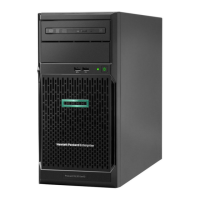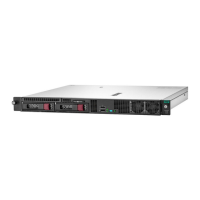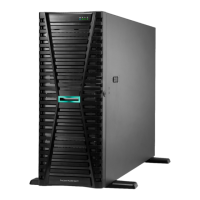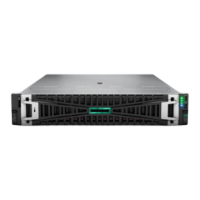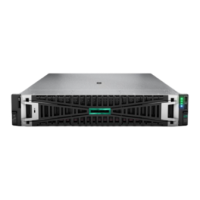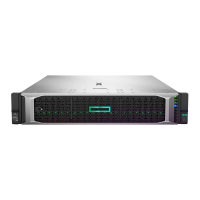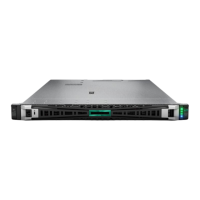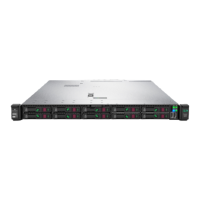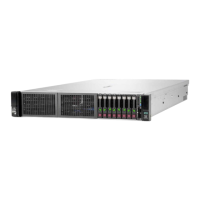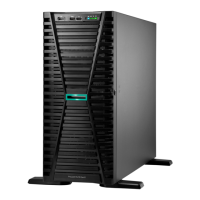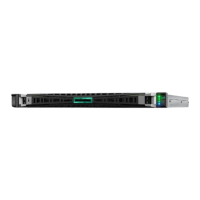• SHOW ENCLOSURE STATUS
• SHOW SERVER STATUS ALL
• SHOW INTERCONNECT STATUS ALL
If the status of a component is "Degraded," then observe the subcomponents one by one to discover
the degraded component. Subcomponents that are faulty can be marked as such.
3. To locate information that might be pertinent to the current issue, review the system log (SYSLOG)
section of the SHOW ALL report.
If the time frame of the failure is not available within the system log, then review the extended system
log using the following CLI command:
SHOW SYSLOG HISTORY 0
4. To search for support information about the issue (if available), go to the Hewlett Packard Enterprise
website (
http://www.hpe.com/support/hpesc) and do the following:
a. Enter HPE BladeSystem Onboard Administrator in the search field and press Enter.
b. Select Documents from the results list at the left side of the page.
c. To locate support information, filter the results using the selections available.
5. For any low-level (transport layer) SAN or network connectivity errors in an interconnect device or
network card connection, review any low-level FRU firmware update information provided by the SHOW
UPDATE output in the SHOW ALL report. Any newer version available in the New Version column must
be updated using the UPDATE DEVICE command. These errors cause an interruption in I/O
connectivity. Update the firmware per module and not simultaneously. For more information about the
UPDATE DEVICE command, see the HPE BladeSystem Onboard Administrator Command Line
Interface Users Guide on the Hewlett Packard Enterprise website (
http://www.hpe.com/support/
BladeSystem/docs).
6. Use the OA CLI command UPLOAD SUPPORTDUMP to capture any entry in the system log file referring
to Saving supportdump. Send this file to Hewlett Packard Enterprise Support for analysis, if
needed. For more information, see the Hewlett Packard Enterprise website (
http://www.hpe.com/
info/OAsupportdump).
Remote troubleshooting 35

